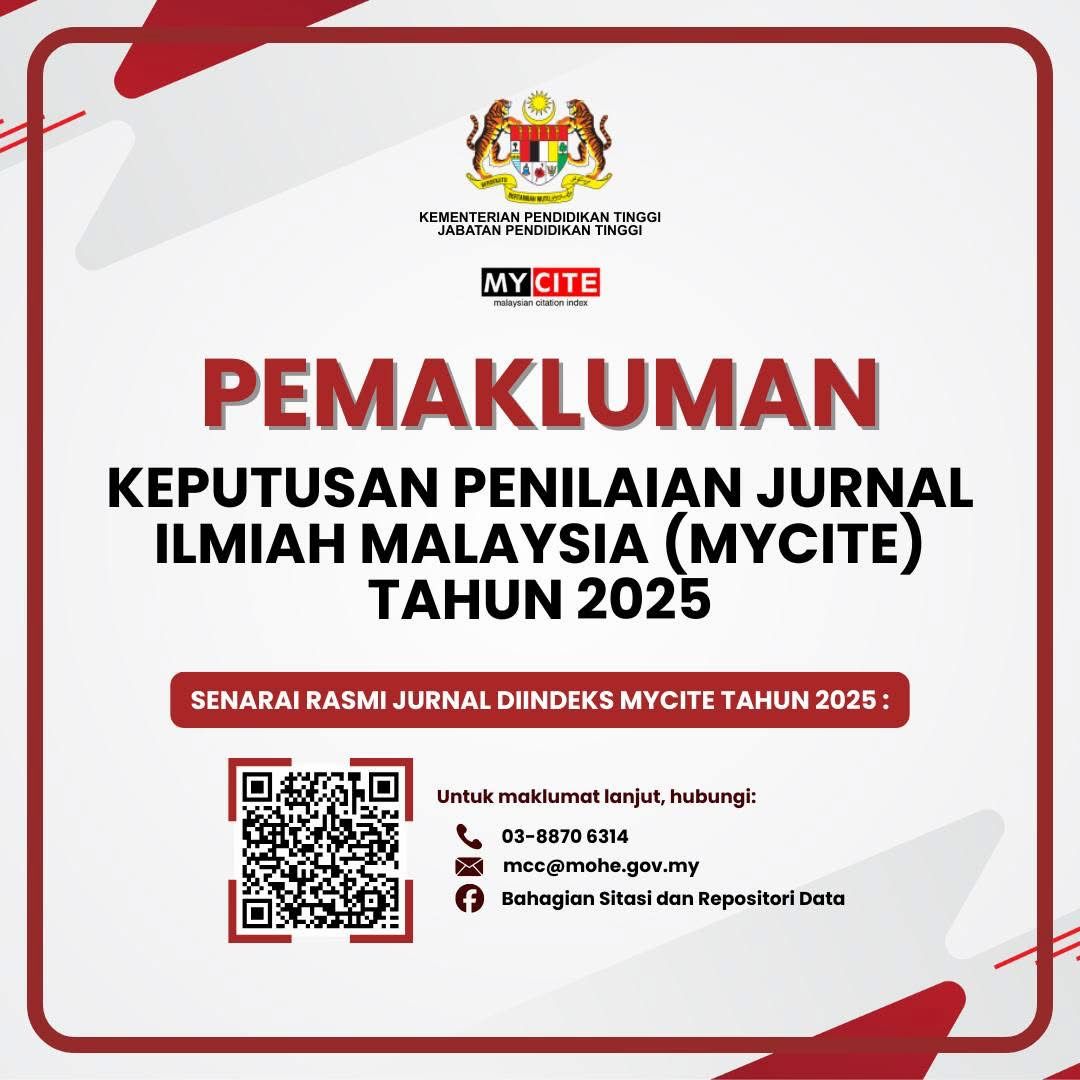A Conceptual Framework for Integrating Human-Centered AI in 2D Animation Education: The 2DTAP Model
DOI:
https://doi.org/10.24191/idealogy.v10i2.798Abstract
The 2D animation course at higher education institutions demands students to acquire both technical and creative skills within a limited time frame. However, pre-production phases such as idea generation, scriptwriting, and visual development often consume up to 40% of the semester, thus reducing time available for mastering complex animation production techniques. This study introduces the 2D Animation Proposal Development Model (2DTAP), a pedagogical innovation that integrates Artificial Intelligence (AI) with a Human-Centred Artificial Intelligence (HCAI) framework. The model is designed to accelerate and simplify the pre-production process without compromising students’ creativity and autonomy. By emphasizing principles such as augmentation, human-centric design, transparency, and student control over AI tools, 2DTAP enables students to produce higher-quality, consistent, and industry-relevant project proposals. This paper critically discusses how 2DTAP strengthens project-based learning in animation through ethical, interactive, and adaptive strategies that foster creativity and reflective thinking. The findings of this study are expected to contribute toward the development of a more responsive animation curriculum aligned with the challenges of future digital creative education.
Keywords: 2D Animation, Human-Centred AI, 2DTAP, Pre-Production, ChatGPT, Creative Education
References
Abdul, A., Vermeulen, J., Wang, D., Lim, B. Y., & Kankanhalli, M. (2020). Trends and trajectories for explainable, accountable and intelligible systems: An HCI research agenda. Proceedings of the 2020 CHI Conference on Human Factors in Computing Systems, 1–18. https://doi.org/10.1145/3313831.3379572
Amershi, S., Weld, D., Vorvoreanu, M., Fourney, A., Nushi, B., Collisson, P., ... & Horvitz, E. (2019). Guidelines for human-AI interaction. Proceedings of the 2019 CHI Conference on Human Factors in Computing Systems, 1–13. https://doi.org/10.1145/3290605.3300233
Chen, X., Liu, Y., & Zhang, L. (2024). AI-driven animation production: Applications and implications for creative education. Computers & Education: Artificial Intelligence, 5, 100129. https://doi.org/10.1016/j.caeai.2023.100129
Cohen, J. (1992). A power primer. Psychological Bulletin, 112(1), 155–159. https://doi.org/10.1037/0033-2909.112.1.155
Dai, X., Wen, Z., Jiang, J., Liu, H., & Zhang, Y. (2025). How Students Use AI Feedback Matters: Experimental Evidence on Physics Achievement and Autonomy. arXiv preprint arXiv:2505.08672.
Field, A. (2018). Discovering statistics using IBM SPSS Statistics (5th ed.). Sage.
Ginting, A., Prabowo, R., & Sari, D. (2024). The effects of generative AI on collaborative storytelling and cognitive load. International Journal of Educational Technology in Higher Education, 21(1), 12. https://doi.org/10.1186/s41239-025-00526-0
Holstein, K., Wortman Vaughan, J., Daumé III, H., Dudik, M., & Wallach, H. (2020). Improving fairness in machine learning systems: What do industry practitioners need? Proceedings of the 2020 CHI Conference on Human Factors in Computing Systems, 1–16. https://doi.org/10.1145/3313831.3376440
Laugwitz, B., Held, T., & Schrepp, M. (2008). Construction and evaluation of a user experience questionnaire. Symposium of the Austrian HCI and Usability Engineering Group, 63–76. Springer. https://doi.org/10.1007/978-3-540-89350-9_6
Le Dinh, T., Vu, M., & Pham, A. (2025). Human-centered AI in systematic literature reviews: A conceptual framework. Information, 16(3), 240. https://doi.org/10.3390/info16030240
Prabowo, T., Rachman, F., & Surya, D. (2025). Integrating AI in digital storytelling: A pathway to enhance creative learning. International Journal of Educational Technology and Innovation, 9(1), 22–39.
Ramlie, M. K., Rahaman, A. A., Azizi, A. K., & Abdullah, M. (2023). The evolution of technology use in education institutions: Learning method innovation. Idealogy Journal, 8(1), 94–103.
Shneiderman, B. (2020). Human-centered artificial intelligence: Reliable, safe & trustworthy. International Journal of Human–Computer Interaction, 36(6), 495–504. https://doi.org/10.1080/10447318.2020.1741118
Shneiderman, B. (2022). Human-centered AI. Oxford University Press.
Downloads
Published
Issue
Section
License
Copyright (c) 2025 UiTM Press

This work is licensed under a Creative Commons Attribution-NonCommercial-NoDerivatives 4.0 International License.
UiTM Press (the Publisher) has agreed to publish the undersigned author’s paper in Idealogy Journal. The agreement is contingent upon the fulfilment of a number of requirements listed below.
1. The undersigned author warrants that the paper entitled below is original, that it is not in any way libellous or unlawful in Malaysia, that it does not infringe any copyright or other proprietary right. The undersigned hereby represents and warrants that he/she is the author of the paper, except for material that is clearly identified as to its original source, with permission notices from the copyright owners where required. The undersigned represents that he/she has the power and authority to sign and execute this agreement.
2. The undersigned author warrants that the paper entitled below has not been published elsewhere, and also it will not be submitted anywhere else for publication prior to acceptance/rejection by this Journal.
3. By submitting the paper entitled below, the undersigned author agrees to transfer the rights to publish and distribute the paper in an international e-journal (entitled above) to Publisher.
4. The undersigned author agrees to make a reasonable effort to conform to Publisher's submission guidelines and to liaise with the editor to ensure that the requirements of these guidelines are met to a reasonable degree.
5. The corresponding author signs for and accepts responsibility for releasing this material on behalf of any and all coauthors. This agreement is to be signed by at least one of the authors who has obtained the assent of the co-author(s) where applicable. After submission of this agreement signed by the corresponding author, changes of authorship or in the order of the authors listed will not be accepted.



